The Nyangatom Tribe of Ethiopia
The Nyangatom Tribe offers travellers a rich and authentic cultural experience deeply connected to the Omo River and cattle-based traditions.
The Nyangatom Tribe of Ethiopia — River Life, Cattle, and Cultural Traditions
Along the southern border of Ethiopia, near the Omo River, the Nyangatom Tribe maintains a unique and vibrant cultural identity. Known for their close connection to cattle, striking scarification patterns, and riverside settlements, the Nyangatom offer travellers a glimpse into a semi-nomadic lifestyle that has endured for centuries.
A visit to the Nyangatom is an opportunity to witness a way of life intimately tied to land, water, and livestock — and to capture some of the Omo Valley’s most authentic cultural experiences.
Cultural Overview
The Nyangatom are a Nilotic-speaking people residing mainly in the Lower Omo Valley, near the Ethiopian border with South Sudan. Their population is estimated at around 10,000–15,000.
Cattle are central to Nyangatom life, representing wealth, social status, and marriage arrangements. The tribe practices semi-nomadic herding and small-scale agriculture, moving seasonally to access grazing lands and water sources. Villages are often clustered along the river, providing access to water for both people and livestock.
Traditions include communal ceremonies, scarification, beadwork, and body painting. Leadership is typically clan-based, with elders and respected community members guiding social and ritual decisions.
Cultural Highlights and Traditions
Cattle and Social Structure
Cattle are more than livelihood; they are currency, status symbols, and central to ceremonial life. Many Nyangatom rituals, including marriage negotiations and wealth demonstrations, revolve around the display, exchange, or counting of cattle. Visitors can witness these practices while understanding their deep cultural significance.
Scarification and Body Adornment
Both men and women often have intricate scarification patterns that mark important life events, social standing, or personal achievements. Body paint is also common, especially during ceremonies, using natural pigments such as white chalk and ochre.
River Life and Rituals
The Nyangatom’s close connection to the Omo River influences much of daily life. River rituals, communal bathing, and water-based ceremonies are central to both spiritual and practical aspects of life. Observing or photographing these traditions offers travellers a vivid look into their cultural rhythm.
Best Time to Visit
The ideal time to visit the Nyangatom is the dry season, October to March, when roads are more accessible and villages are easier to reach.
The post-harvest months, September to November, often feature more ceremonies and gatherings, while the rainy season (April to September) makes travel challenging due to flooded roads and difficult terrain.
How Many Days to Stay
- Short visit (2–3 days): Offers a glimpse of village life and cattle rituals, but limited cultural immersion.
- Recommended stay (4–7 days): Provides enough time to explore villages, observe river-based rituals, and participate respectfully in daily activities.
- Extended stay (8–10 days): Ideal for photographers or cultural researchers who want in-depth exposure and flexible access to ceremonies.
Visiting Nyangatom Villages
Most Nyangatom settlements are along the Lower Omo River, accessible via Jinka or nearby Turmi. Village visits offer unique opportunities:
- Observe daily life along the riverbanks, including water collection, fishing, and cattle management.
- Participate respectfully in community gatherings, ceremonies, or markets.
- Photograph cultural practices — always ask permission first and respect privacy.
- Support the community by purchasing locally made crafts rather than giving money directly.
Photography and Cultural Etiquette
- Always ask before photographing individuals, ceremonies, or sacred spaces.
- Use telephoto lenses for candid shots and maintain personal space.
- Avoid staging scenes or forcing interactions.
- Dress modestly and follow local norms.
- Respect ceremonial events and follow guidance from local hosts or guides.
Safety and Travel Tips
- Travel with a knowledgeable local guide familiar with Nyangatom villages.
- Roads are rough; a 4×4 vehicle is recommended.
- Bring cash, as banking and ATMs are limited.
- Health precautions: malaria prophylaxis, vaccinations, insect repellent, and water purification.
- Adhere to local customs and guidelines for respectful village access.
Sample Itinerary (5–6 Days)
- Day 1: Arrival in Addis Ababa; rest and acclimatise.
- Day 2: Fly or drive to Jinka; overnight near Omo Valley.
- Day 3: Transfer to Nyangatom villages along the Omo River; evening village exploration.
- Day 4: Observe cattle ceremonies, river rituals, and community activities; photography sessions.
- Day 5: Visit neighbouring Nyangatom settlements; optional interaction with other Omo Valley tribes.
- Day 6: Return to Jinka for departure or continuation to other Omo Valley cultural experiences.
FAQ — Common Questions About Visiting the Nyangatom
Q: What makes the Nyangatom unique?
A: Their semi-nomadic lifestyle along the Omo River, cattle-centric culture, and riverside ceremonies set them apart.
Q: When is the best time to visit the Nyangatom?
A: October to March (dry season) for accessibility; September to November post-harvest for more ceremonies.
Q: Is it safe to visit Nyangatom villages?
A: Yes, with an experienced guide. Avoid travelling alone in remote or border areas.
Q: How long should I stay to experience the Nyangatom culture?
A: 4–7 days provides meaningful engagement; longer for photographers or researchers.
Q: Can I take photographs of the Nyangatom?
A: Yes, but always ask permission and respect ceremonial and private moments.
Other Cultural Journeys
Destinations
Itineraries
Follow us
Get Intouch

